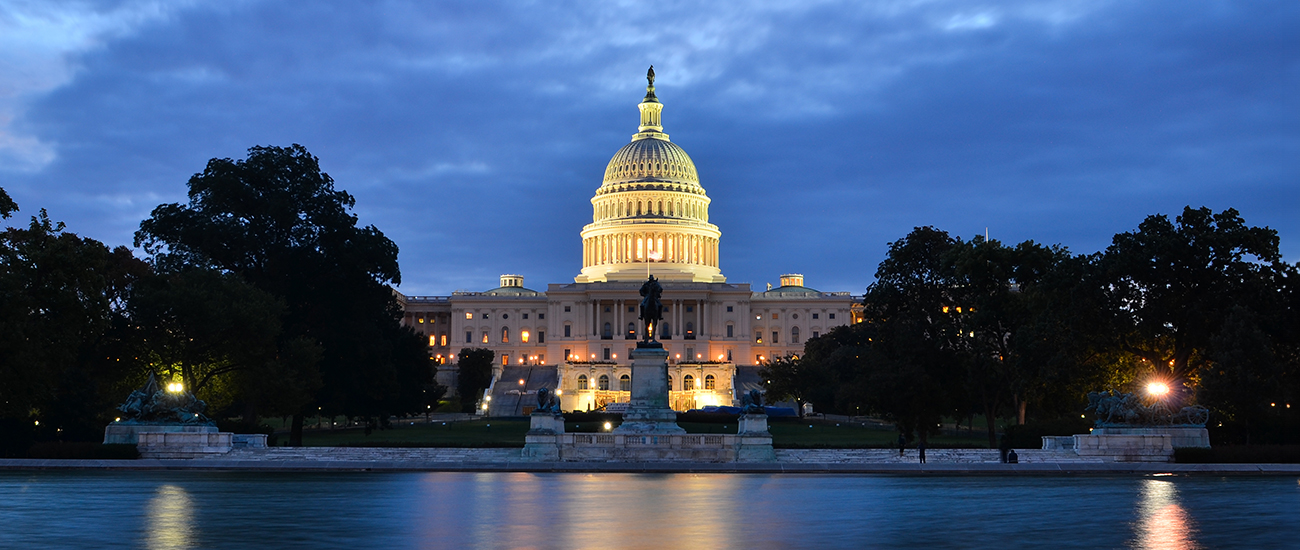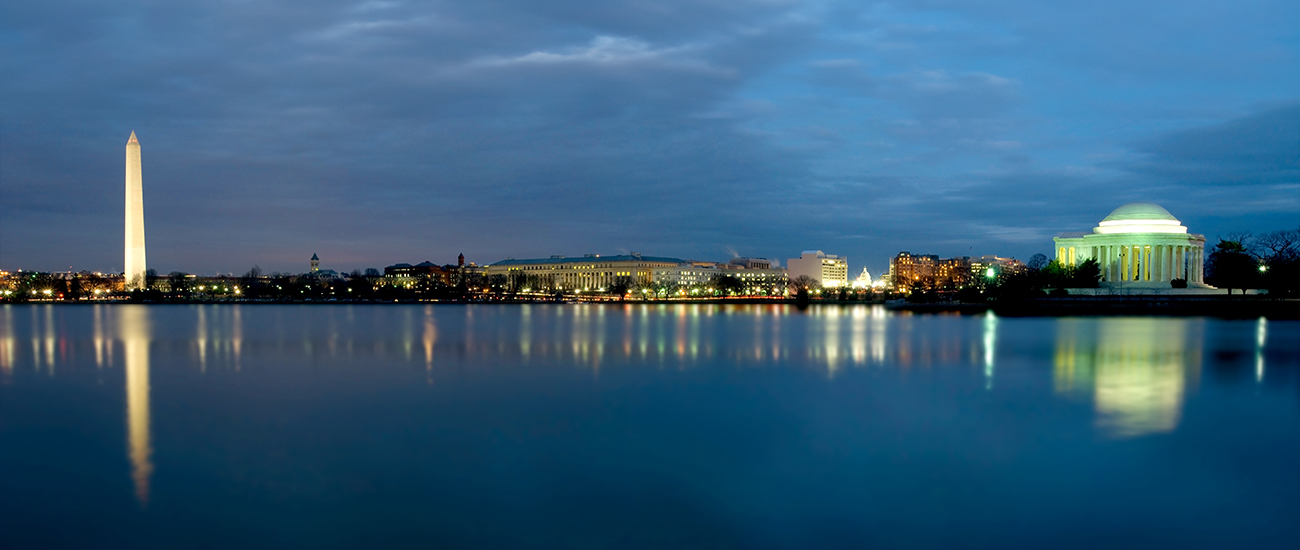- Contact Us Now: (202) 589-1834 Tap Here to Call Us
Trump’s DOJ Blocks JV from Permanently Combining
On March 5, 2018, Sparton Corporation (“Sparton”) announced the termination by Sparton and Ultra Electronics Holdings plc (“Ultra”) of their July 7, 2017 merger agreement.
According to Sparton, during the review of the proposed merger by the United States Department of Justice (“DOJ”), the United States Navy (“Navy”) expressed the view that instead of the parties proceeding with the merger, each of Sparton and Ultra should enhance its ability to independently develop, produce and sell sonobuoys and over time work toward the elimination of their use of the companies’ ERAPSCO joint venture for such activities. DOJ staff then informed Sparton and Ultra that it intended to recommend that the DOJ block the merger. The parties expected the DOJ would follow this recommendation and seek an injunction in court to block the merger. As a result of the view of the Navy and the DOJ’s position, Ultra and Sparton determined it was in the best interests of the parties to proceed to terminate the merger agreement.
Also according to Sparton, the parties understand that the DOJ intends to open an investigation to evaluate their ERAPSCO joint venture. Sparton said that based on historical practice, the company anticipates the Navy will assist in funding Sparton’s transition to independently develop, produce and sell sonobuoys.
Regulatory Backdrop
On September 22, 2017, the DOJ issued a Second Request for additional information in connection with the transaction. One month later Ultra and Sparton entered into a timing agreement with the DOJ, pursuant to which they agreed not to consummate the merger until 90 days following the date on which both companies shall have certified compliance with the Second Requests. On January 31, 2018, Sparton said it expected that the merging companies will have certified compliance with the Second Requests on or before February 8, 2018. The Committee on Foreign Investment in the United States (CFIUS) cleared the deal back on November 20, 2017.
ERAPSCO Joint Venture
ERAPSCO is a 50/50 joint venture between Sparton and UnderSea Sensor Systems, Inc. (“USSI”). USSI’s parent company is Ultra, based in the United Kingdom. Sparton and USSI are the two only major producers of U.S. derivative sonobuoys – signaling systems that are launched from aircraft and ships during anti-submarine warfare (“ASW”). They are used in support of multiple underwater missions for detection, classification, and localization of adversary submarines during peacetime and combat operations. This JV supplies the Navy, as well as foreign governments that meet Department of State licensing requirements, with sonobuoys.
ERAPSCO has been in existence since 1987 and, historically, the agreed upon products included under the venture were generally developmental sonobuoys. In 2007, the JV expanded to include all future sonobuoy development and substantially all U.S. derivative sonobuoy products for customers outside of the United States. The JV was further expanded three years later to include all sonobuoy products for the Navy beginning with the Navy’s 2010 fiscal year contracts.
According to publicly available information, the joint venture serves as a pass-through entity maintaining no funds or assets. The Board of Directors of ERAPSCO has the responsibility for the overall management and operation of the JV. The six-member board consists of equal representation (full-time employees) from both JV partners for three-year terms. In some instances, either Sparton or USSI handles the complete production and delivery of sonobuoys to ERAPSCO’s customer. In other instances, either Sparton or USSI starts the production and ship completed subassemblies to the other party for additional processing before being delivered to the customers.
Competition Concern
Ultra Chief Executive Officer Douglas Carter says that the Navy wants to increase competition in the production of sonobuoys as demand rises along with heightened geopolitical tensions, in particular a bigger threat to the U.S. East Coast.
Significantly, Sparton is the only U.S. producer of sonobuoys, and the worldwide market is a duopoly between Sparton and Ultra. International regulations create a strong barrier to entry; in fact, when the Navy contract was last up for renewal in 2014, the ERAPSCO JV was the only bidder.
According to Sparton’s Form 10-K, “while the ERAPSCO agreement provides certain benefits to Sparton, the company does not believe that it is substantially dependent upon this agreement to conduct its business.” If in the future, Sparton determines that this commercial arrangement is no longer beneficial, the company has the ability to terminate the joint venture in relation to future business awards and return to independent bidding for Navy and foreign government sonobuoy contracts. Similarly, if USSI were to terminate this JV, Sparton would be required to return to independent bidding and production for both the Navy and other foreign governments that meet the State Department licensing requirements. If this were to happen, Sparton says its future results could be negatively impacted.
Takeaways
The market for sonobuoys has limited opportunities for competition as well as significant barriers to entry. In this context, blocking the merger of the only two producers of U.S. derivative sonobuoys can hardly come as a surprise.
What is surprising in this case, however, is that the combining firms were already 50/50 joint venture partners with respect to the relevant product market, specifically.
Though the Navy at present purchases sonobuoys from the Ultra/Sparton JV, the DOJ and the Navy are opposed to the full-fledged integration of these two suppliers that could potentially compete with each other in the future. According to the DOJ, “The transaction threatened to permanently combine the only two qualified suppliers of sonobuoys to the U.S. Navy.” (Emphasis added.)
In other words, the DOJ is drawing a line in the sand between temporary, if prolonged, partnership on the one hand, and all-out combination on the other. Clearly, the fact that two firms already cooperate via a 50/50 JV does not guarantee that a merger of those same two firms will be approved. Moreover, the fact that CFIUS approves a deal does not suggest that the DOJ and the U.S. military will approve the deal.
Here, the DOJ plans to conduct a further review of ERAPSCO and will likely require Ultra and Sparton to operate independently going forward. Beyond merely eliminating a future potential anticompetitive effect of a proposed transaction preemptively, the DOJ seems to be looking to undo an existing “partnership” between two rivals – that together happens to be the sole supplier of critical equipment to the Navy.
Indeed, the fact that the customer most likely to lose out in a potential merger of Ultra and Sparton – and clearly most likely to benefit by the unraveling of the joint venture – is the Navy is hard to ignore.
A joint venture between competitors can have procompetitive effects when it can create efficiencies and economies of scale, leading to lower costs, higher quality products, and increased innovation. On the other hand, a JV can be anticompetitive if it presents as a JV in name only. Here, Sparton openly admits that it could compete, bid, and produce independently so there does not appear to be any specific need for the JV to continue.
The DOJ’s recommendation to sue to block the deal and open a separate investigation into the ERAPSCO JV demonstrates how aggressive the DOJ is willing to be when it uncovers information suggesting that the merging parties were not acting appropriately prior to the merger review. Within the past couple of years, the DOJ has opened criminal investigations into the packaged tuna industry and hop-on/hop-off bus tour markets, as well as a civil investigation into DirecTV’s conduct related to the LA Dodgers after uncovering evidence of bad behavior during merger reviews.
Andre Barlow
(202) 589-1838
abarlow@dbmlawgroup.com




